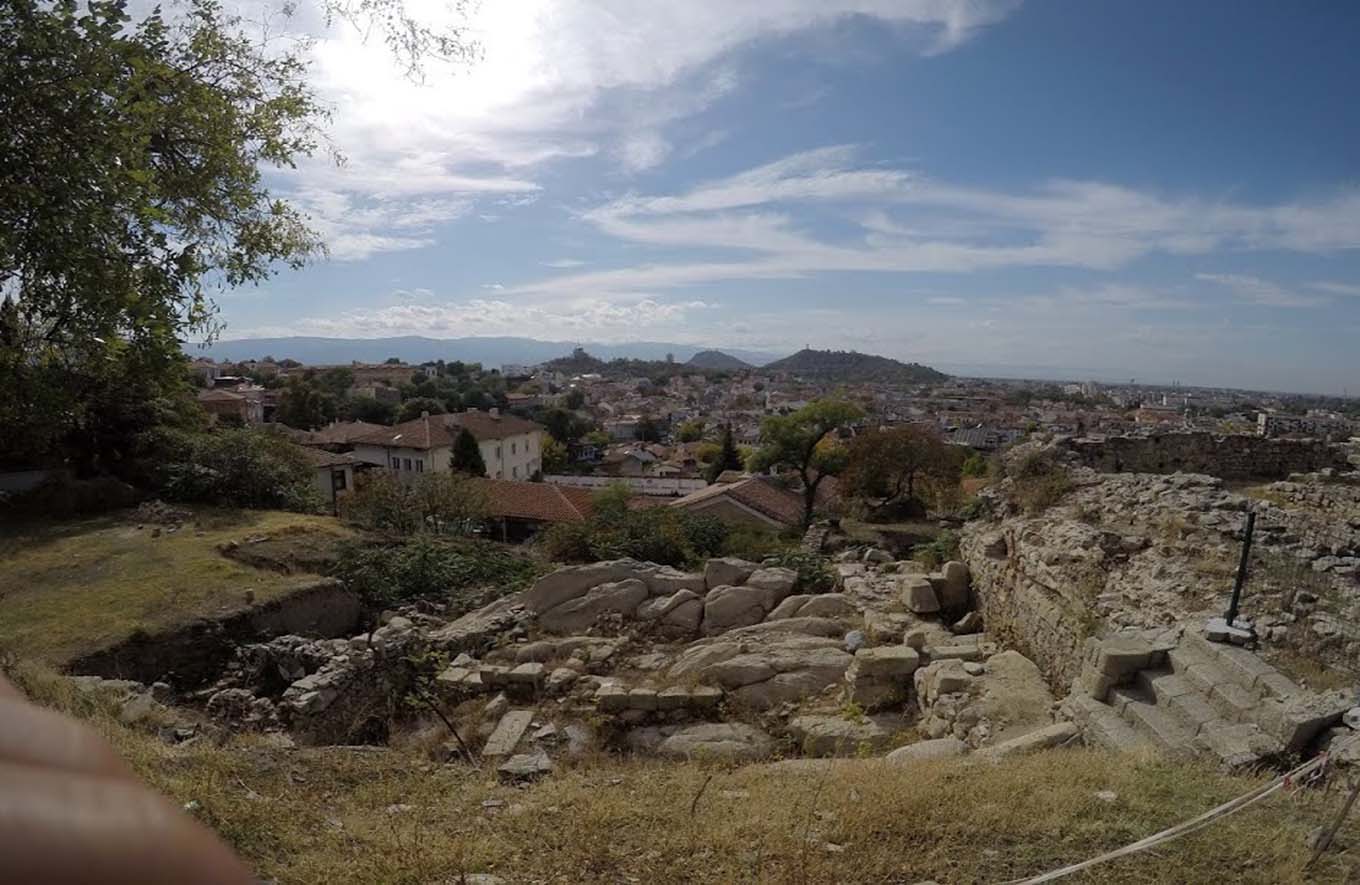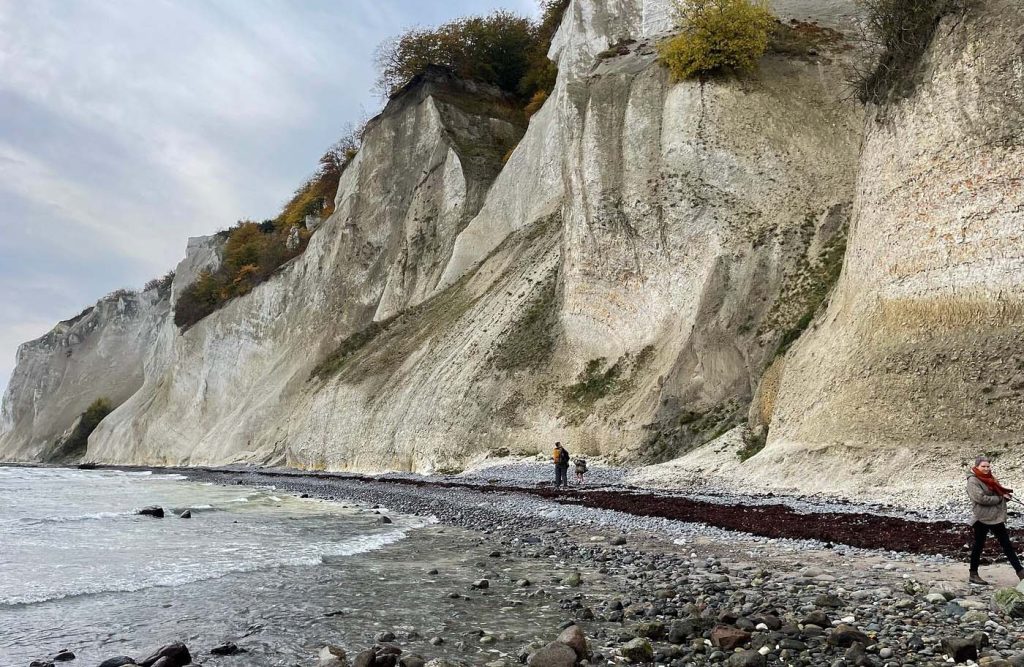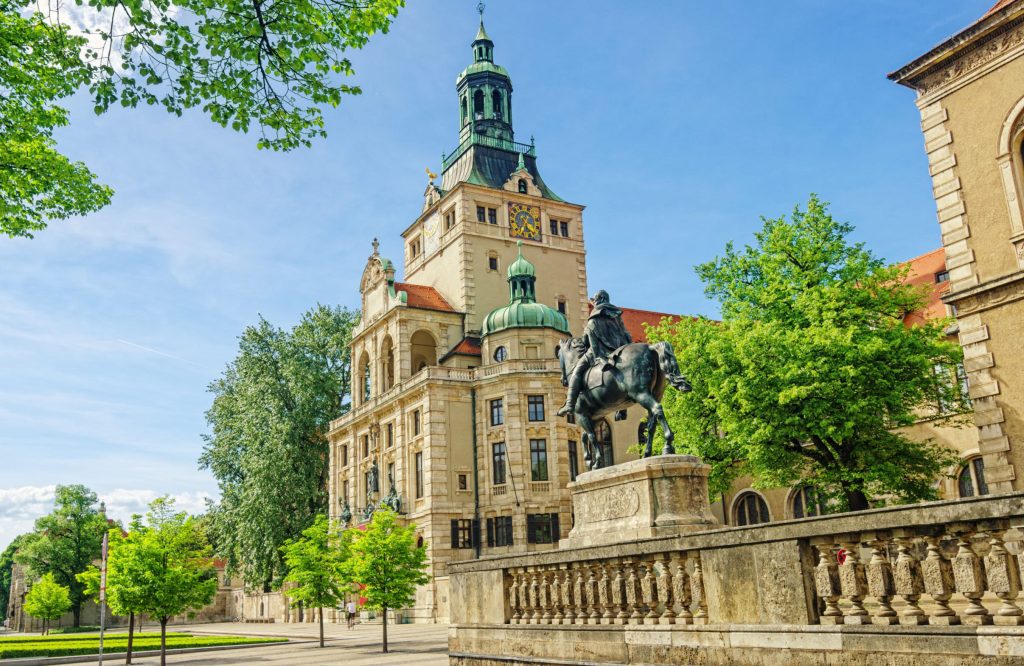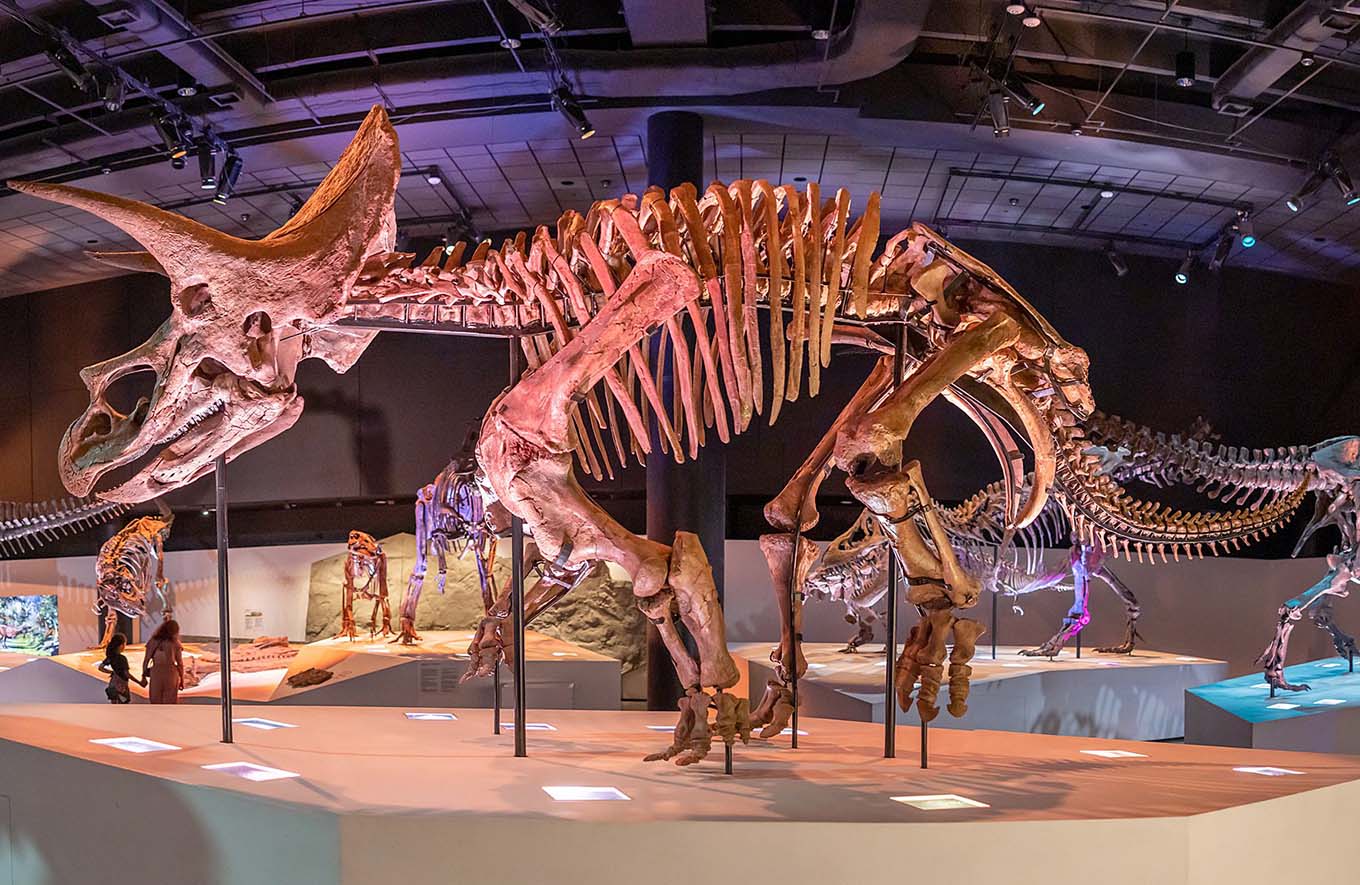Plovdiv, one of Europe’s most ancient cities, is a treasure trove of history and culture just waiting to be explored. I’ve been fortunate enough to wander its ancient streets, discovering the remnants of civilizations that have left their mark over thousands of years. I invite you to join me on a journey through Plovdiv’s ancient heritage, where history comes to life, and the past seamlessly blends with the present.
🌍 Explore the World on a Budget! 🌍
Embark on seamless adventures with these fantastic offers:
• Expedia : Experience effortless travel with Expedia and take advantage of affordable flights to numerous destinations.✈️
• Hostelworld :
Compare hostel prices worldwide on Hostelworld and discover accommodations that match your budget.🛌
• Avis : Discover the world with Avis's affordable car rental options.🚗
Start your adventure today and make the most of your travels! 🗺️
1. The Old Town (Plovdiv’s Historic Center):
Plovdiv’s Old Town, a UNESCO World Heritage Site, stands as a testament to the city’s storied history. Its cobblestone streets, vibrant houses, and impeccably preserved Roman ruins transport visitors to bygone eras. A must-visit is the Ancient Theater, a 2nd-century amphitheater still hosting performances to this day.
2. Roman Stadium of Philippopolis:

Explore the awe-inspiring remains of the Roman Stadium of Philippopolis, one of the most exceptionally preserved stadiums from antiquity. As you stroll along its ancient track, surrounded by historical artifacts and informative exhibits, you can almost hear the echoes of past cheers.
3. Plovdiv Regional Historical Museum:
Enter the Plovdiv Regional Historical Museum, home to an extensive collection of artifacts, from Thracian treasures to Roman sculptures. The museum provides invaluable insights into the city’s history and its pivotal role in the region’s historical tapestry.
4. Nebet Tepe Hill:
Ascend Nebet Tepe Hill to delve into the ruins of an ancient fortress. From this vantage point, you’ll be rewarded with sweeping panoramic views of Plovdiv and the surrounding landscape. Nebet Tepe’s history dates back to the Thracian era, and it has held strategic significance for centuries.
5. Thracian Tomb of Kazanlak (Day Trip):
While not located within Plovdiv itself, the Thracian Tomb of Kazanlak is a short day trip away and offers a glimpse into the ancient Thracian culture. The tomb boasts intricate frescoes and architectural marvels, earning it a spot on UNESCO’s list of world heritage sites.
6. Icon Gallery – Church of St. Constantine and Elena:
Discover the exquisite collection of icons and religious art at the Icon Gallery housed within the Church of St. Constantine and Elena. These sacred artworks provide a window into the spiritual history of the region.
7. Kapana Creative District:
Although primarily a contemporary district, Kapana’s winding streets have been built upon layers of history. A leisurely stroll through this trendy area will reveal how Plovdiv has embraced its past while nurturing a vibrant arts and culture scene.
8. Historical Revival Houses:
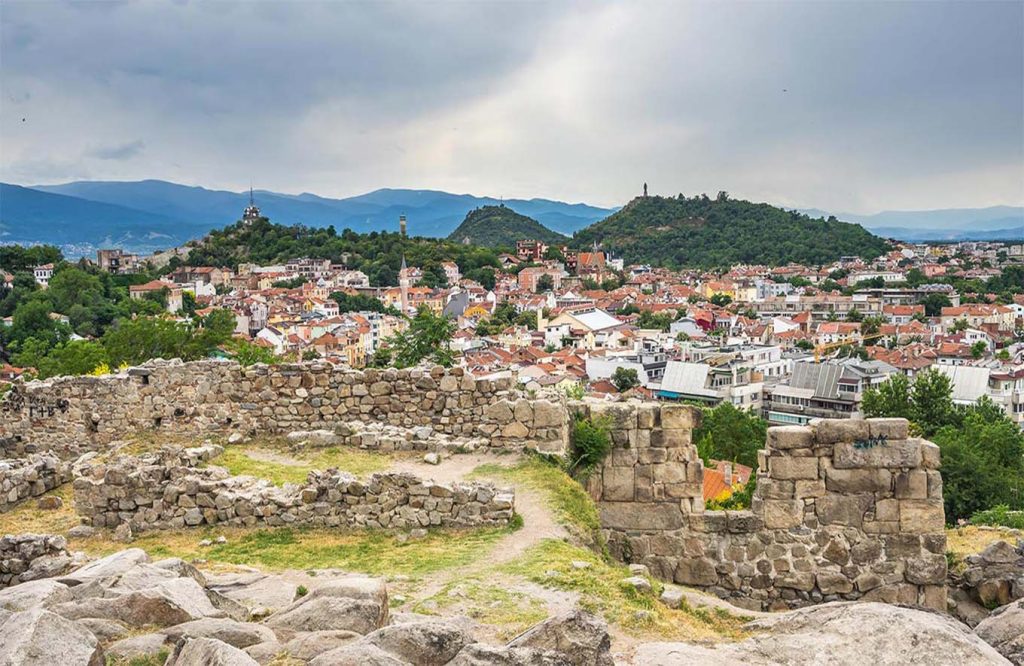
Plovdiv boasts numerous impeccably preserved historical revival houses that showcase the architectural beauty of the 19th-century Bulgarian National Revival period. Many of these houses are open to the public, offering an intimate glimpse into daily life during that era.
A Voyage Across the Ages
Plovdiv’s ancient heritage stands as a testament to the city’s enduring spirit and its role as a crossroads of civilizations. From the Thracians to the Romans, Byzantines, and Ottomans, Plovdiv’s history forms a tapestry woven with threads from the past. Exploring its ancient treasures is akin to embarking on a voyage through time, where each step reveals a new layer of the city’s captivating narrative. So, come and immerse yourself in Plovdiv’s rich history and culture, where every stone holds a story, and every street corner is a gateway to the past.
